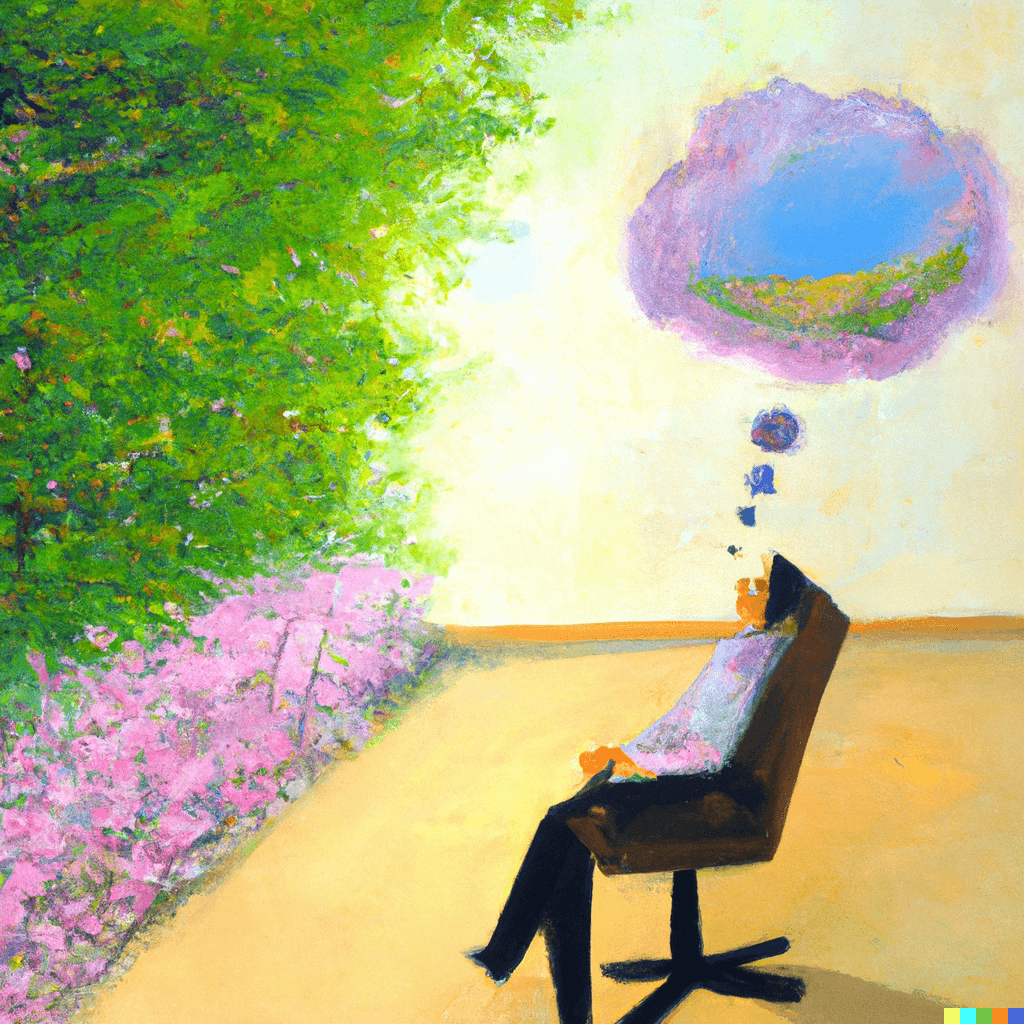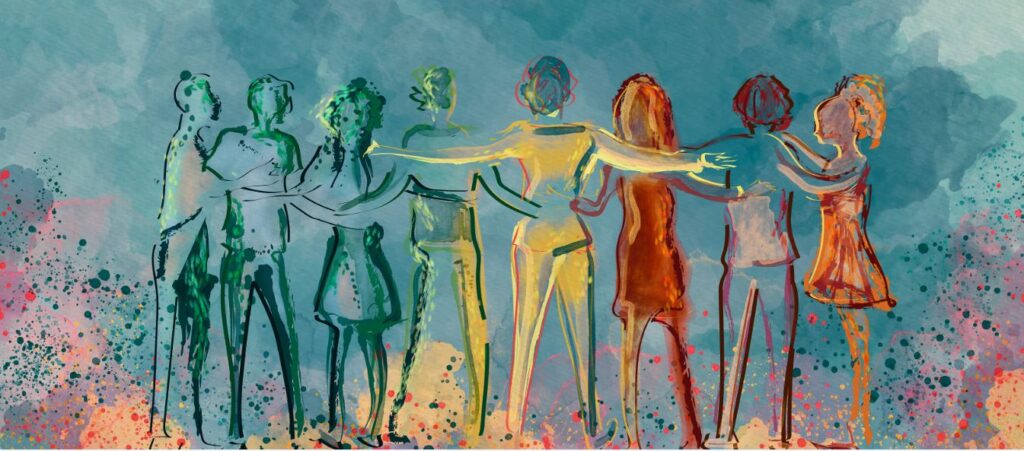We spend half of our waking lives daydreaming. This may or may not be a good thing – it depends what your daydreams are like.
A Harvard study on daydreaming entitled ‘A Wandering Mind is an Unhappy Mind’ may be giving daydreaming a bad rap. In a culture dominated by a drive for productivity, there is a sense that allowing our minds to wander freely hampers focus and the ability to get things done. This is why derogatory terms such as ‘spacing out’, ‘intrusive’ or ‘non-relevant’ thinking and ‘cognitive control failure’ are used to describe this normal human activity.
Naomi Kimmelman presented these ideas at the recent conference for the International Association for the Study of Dreams (IASD). She suggested that it is the kind of wandering your mind does that determines whether it’s helpful or not. Renowned daydream researcher Jerome Singer differentiated three styles of daydreaming: positive-constructive, guilty-dysphoric and poor attentional control. Cleary, the first category is a helpful state to be in, while the latter two are not.
Much of the research into daydreaming has focused on its negative attributes, but one study (McMillan, Kaufman & Singer, 2013) examined the question, how can something we spend half our time doing be so bad for us? In fact, their review of the research shows that in the brain’s ‘default mode’ we are consolidating memories, planning, problem solving, being creative and making meaning of the events of our lives. The authors highlight a review by Immordino-Yang et al. (2012) that stresses the importance of ‘constructive internal reflection’ for the development of a range of social and emotional skills such as moral reasoning, empathy, compassion and meaning-making.
The main thing to note from the plethora of daydream research in the past decade is that daydreaming is not inherently bad or good, but rather, it depends on how you daydream. For example, one study (Mar, 2012) found that daydreaming about close friends promoted a sense of social support, while daydreaming about strangers emphasized feelings of loneliness. The ‘guilty-dysphoric’ type of rumination identified by Singer is associated with depression.
It is a paradox that how you allow your mind to wander matters, when by definition, it’s a state of mind we don’t control. However, awareness of such states and deliberate active imagination practices may allow our wandering minds to stay in the creative states that are so helpful. Of course, we need to strike a balance between daydream and focused attention so we are able to rein in our meandering thoughts when we truly need to focus on the task at hand.
It helps to know that we can only focus part of the time. In another conference presentation about dreaming in the context of work life, Dr. Rubin Naiman noted that our minds naturally go through an oscillation between basic rest and activity (BRAC), even when we are working. During a work day, we will spend perhaps 70% of the time in a left-brain-dominant task-oriented mode and the rest of the time in a more right-hemispheric dreamy state. There is no point or reason to fight this or to think of ourselves as ‘lazy’ or ‘unfocused’ if our attention drifts off about a third of the time. It is normal, and impossible not to daydream, even while at work.
Both presentations underscore the importance of and ubiquity of daydreaming – it gives us a mental break, fosters creativity and allows us to view the world with a larger perspective. It slips us into a state of being rather than doing, a state that as a culture, we might want to value more. I will close with a quote by Cheri Huber that Naiman shared: Please don’t do yourself the disservice of thinking there is anything you can do that is more important than just being.
Want to learn more about how to ensure your mind wanders along creative and helpful paths, rather than down the spiral of rumination and worry? We are offering a free (pay-what-you-can) seminar on Sept. 6, 2023 at 10am PACIFIC – and it will available as a recording if you miss it or can’t attend live.
References
Killingsworth, M. A., & Gilbert, D. T. (2010). A wandering mind is an unhappy mind. Science, 330(6006), 932-932.
Mar, R. A., Mason, M. F., & Litvack, A. (2012). How daydreaming relates to life satisfaction, loneliness, and social support: The importance of gender and daydream content. Consciousness and cognition, 21(1), 401-407.
McMillan, R. L., Kaufman, S. B., & Singer, J. L. (2013). Ode to positive constructive daydreaming. Frontiers in psychology, 4, 626.
Singer, J. L. (1975). The inner world of daydreaming. Harper & Row.




